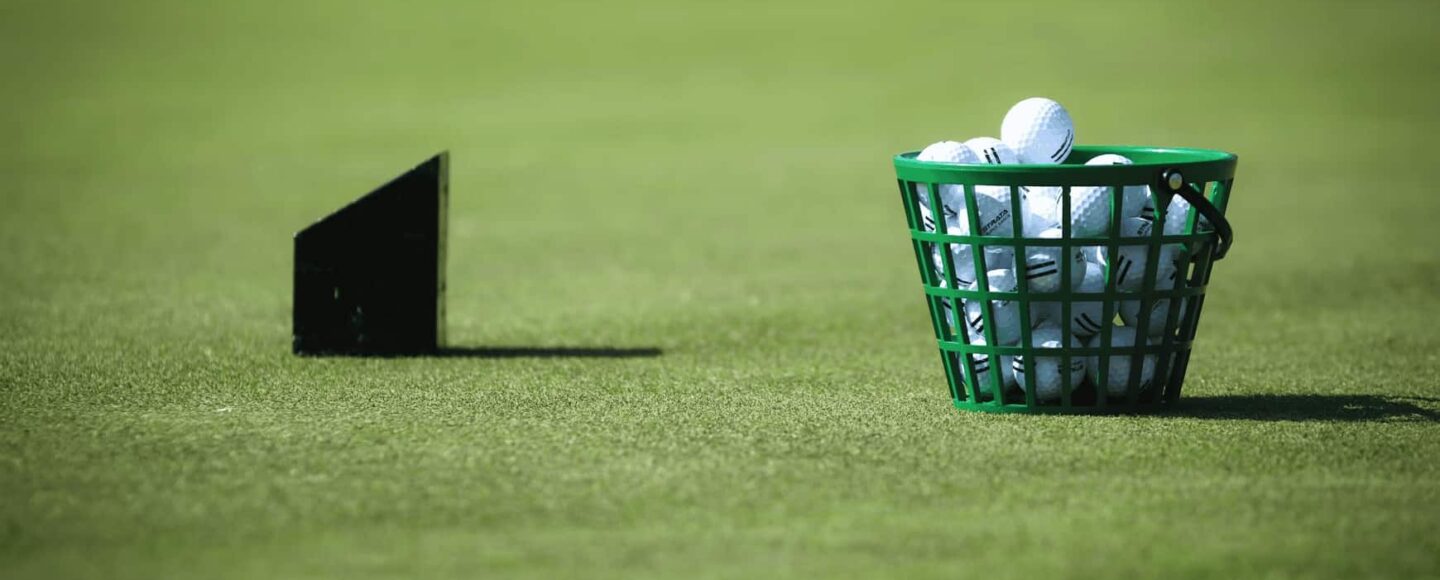
For golfers with an injury or who need greater range of movement in their golf swing.
Golf puts stress on a number of areas of the body, especially the lower back, neck, wrists and shoulders.
This stress and the repetitive, explosive nature of the golf swing can cause injury and physical imbalance as the movement is all focused in one direction for both right and left handed golfers respectively.
As well as a client’s current physical and postural condition, our assessments also focus on the golf swing, with high speed video and pressure plate analysis surfacing exactly how a golfer moves through their golf swing.
We combine this insight with range of movement tests of all the major joints of the body, including the spine to functionally and objectively assess mobility and core muscle endurance.
Stuart Robinson is our chiropractic expert. Stuart’s experience and expertise enables him to diagnose any musculoskeletal issues and develop personalised treatment programmes.
As well as ‘hands on’ or passive treatments for muscles and joints such as massage, mobilisation, manipulation and western medical dry needling, Stuart will tailor a rehabilitation programme of physical exercises that can usually be undertaken at home.
Stuart is the vital link between a golf coach and a fitness personal trainer. Through tailored chiropractic exercise routines, Stuart’s clients strengthen and improve the range of movement for problem areas, becoming physically capable of consistently producing the technique they and their coach desire.
| Chiropractic & biomechanics clinic | Cost | Session length |
|---|---|---|
| Golf swing biomechanics assessment | £210 | 2 hours |
| Chiropractic injury consultation | £110 | 1 hour |
| Chiropractic follow-up appointment | £60 | 30 minutes |
| Sports massage | £65 | 40 minutes |
| Junior golf swing biomechanics consultation (under 16 years) | £150 | 1 ½ hours |
| Biomechanics discovery phone call | Free | 10 minutes |
Stuart is our golf swing biomechanics expert. A practicing chiropractor, his professional training and interests have allowed him to work with golfers, both injured and healthy, to help them improve their games. He uses his knowledge to provide an in-depth golf swing bio-mechanical motion analysis.
Stuart studied Human Biology at St. Andrews University and as a post graduate he studied and trained for a further 4 years to qualify as a chiropractor from the Anglo-European College of Chiropractic.
Stuart continues to play golf off scratch at Walton Heath and St Andrews.
Numerous scientific studies have demonstrated that in as little as 6-8 weeks golfers from teenage, scratch athletes to golfers in their 60s and 70s can significantly increase their flexibility and strength.
This results in more club head speed and longer drives. In studies golfers achieved on average a 5mph increase in their club head speed. This indicated a 6% improvement in driving power. That equates to turning a 250 yard drive into a 265 yard drive!
Being assessed in this way forms an essential part of improving your golf. Virtually all the high-performing amateur and professional golfers are looking very closely at their physical capabilities as the game’s best golfers become increasingly strong, flexible and athletic.
Once we have assessed the key areas requiring improvement you will be provided with a biomechanics personal training plan – a personalised performance programme of exercises designed to enable you to become fitter, stronger and more flexible to meet the requirements of the golf swing.
During the course of a 2-hour golf biomechanics assessment, Stuart uses a wide range of tests of muscles and joints to determine where each individual’s physical strengths and weaknesses are. He takes a detailed history of any past injuries you have had and the potential causes of these.
This involves looking in detail at the range of movement of all the major joints of the body, including the spine. Objective measures of core muscle endurance will be tested and compared to future scores to monitor improvement.
Stuart will also include a detailed video analysis of many movements and exercises that closely relate to golf. He then analyses video footage of each player’s golf swing to see how his or her physical strengths and weaknesses affect their golf swing.
